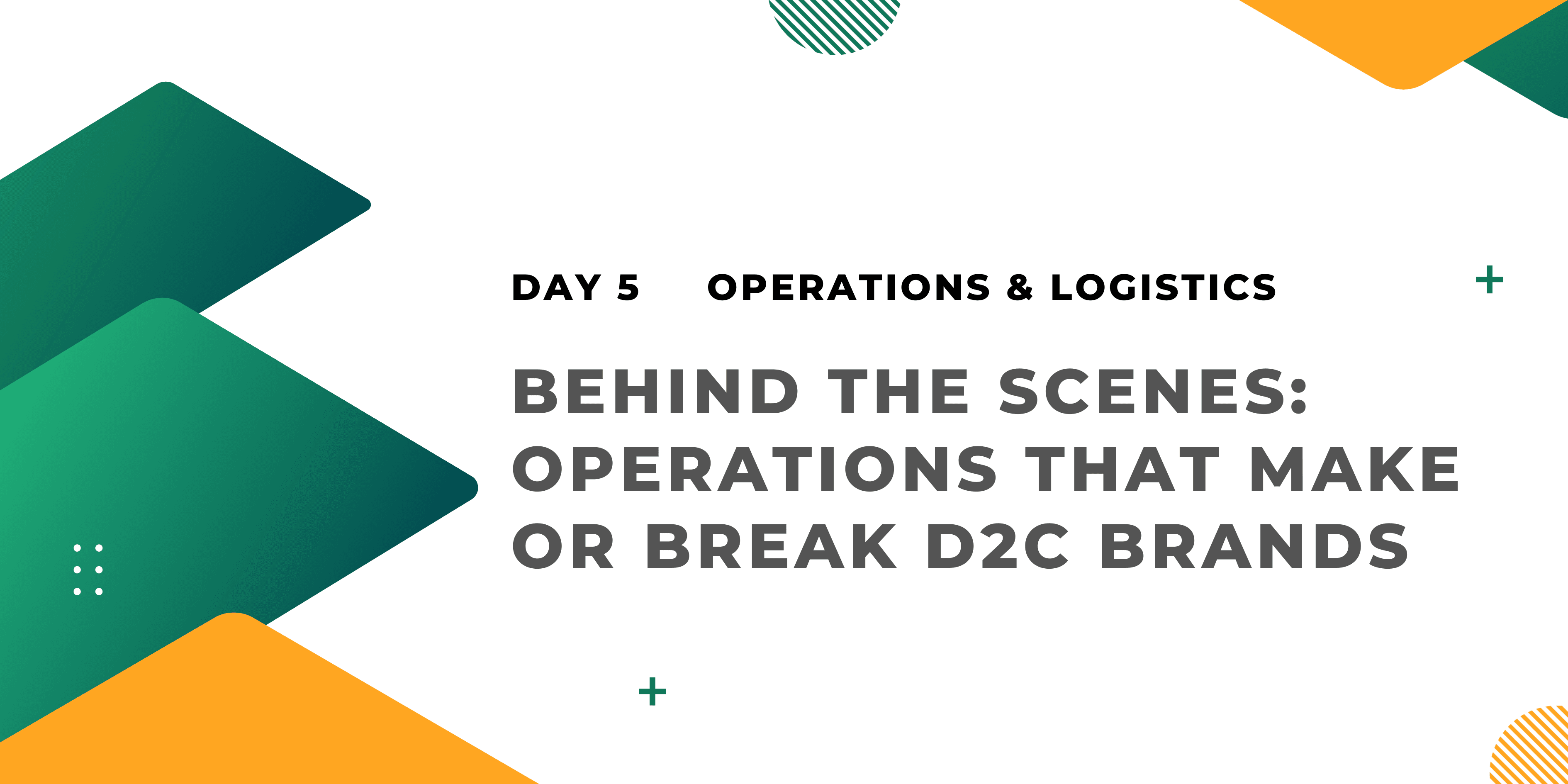Behind the Scenes: Operations That Make or Break D2C Brands

For D2C brands, marketing and customer acquisition often take the spotlight, but what truly sustains long-term success is operational excellence. Behind every smooth delivery, sustainable package, or reliable product is a robust system of sourcing, manufacturing, inventory management, and logistics. A single misstep in operations can damage trust, increase costs, and erode customer loyalty.
Here’s a deep dive into the operational backbone that powers successful D2C brands.
1. Sourcing, Manufacturing & Inventory Management
Sourcing
- Build reliable supplier relationships to ensure quality and consistency.
- Explore local sourcing where possible to reduce costs and delivery times.
- Vet suppliers for compliance, sustainability, and ethical practices.
Manufacturing
- Decide between in-house manufacturing (greater control) vs outsourcing (scalability and lower upfront investment).
- Maintain strict quality checks—defective products can ruin early trust in a brand.
Inventory Management
- Use real-time inventory tracking to avoid stockouts or overstocking.
- Adopt Just-in-Time (JIT) systems for lean operations.
- Integrate tools like Unicommerce, Zoho Inventory, or TradeGecko to sync stock across multiple sales channels.
2. Last-Mile Delivery & Shipping Solutions
Delivery speed and reliability are crucial for customer satisfaction.
- Partner with multiple courier services (Delhivery, Shiprocket, Blue Dart, Dunzo, etc.) for flexibility.
- Offer same-day or next-day delivery in metros where possible.
- Provide real-time tracking to reduce post-purchase anxiety.
- Enable flexible options like cash-on-delivery (COD), easy returns, and pickup.
Example: Amazon Prime set customer expectations for fast delivery, forcing D2C brands to match speed with affordable logistics partners.
3. Packaging Innovations & Sustainability
Packaging is more than protection—it’s part of the brand experience.
Innovations
- Minimalist packaging designs that align with the brand’s identity.
- QR codes for authenticity verification, tutorials, or community invites.
- Custom unboxing experiences that encourage social sharing.
Sustainability
- Eco-friendly packaging materials (recycled cardboard, biodegradable plastics).
- Reduced packaging waste to lower environmental impact.
- Transparency in packaging choices resonates strongly with Gen Z and millennial consumers.
Example: Mamaearth emphasizes recyclable packaging as part of its eco-conscious positioning.
4. Tech Stack for Operations
Technology is the invisible engine behind efficient D2C operations.
ERP (Enterprise Resource Planning)
Manages supply chain, finance, and operations in one place.
Tools: Oracle NetSuite, SAP, Zoho ERP.
CRM (Customer Relationship Management)
Tracks customer interactions and manages after-sales support.
Tools: HubSpot, Salesforce, Zoho CRM.
Analytics & Automation
- Monitor order trends, logistics costs, and customer preferences.
- Use predictive analytics to forecast demand and reduce waste.
- Automate repetitive tasks like invoicing, inventory sync, and order confirmations.
Example: Lenskart integrates CRM and ERP systems to optimize inventory, improve delivery accuracy, and provide personalized customer journeys.
Final Takeaway
Behind every successful D2C brand lies a strong operational backbone.
- Smart sourcing and inventory management reduce waste and costs.
- Reliable last-mile delivery ensures happy customers.
- Packaging that balances innovation and sustainability strengthens brand trust.
- A robust tech stack empowers efficiency and scalability.